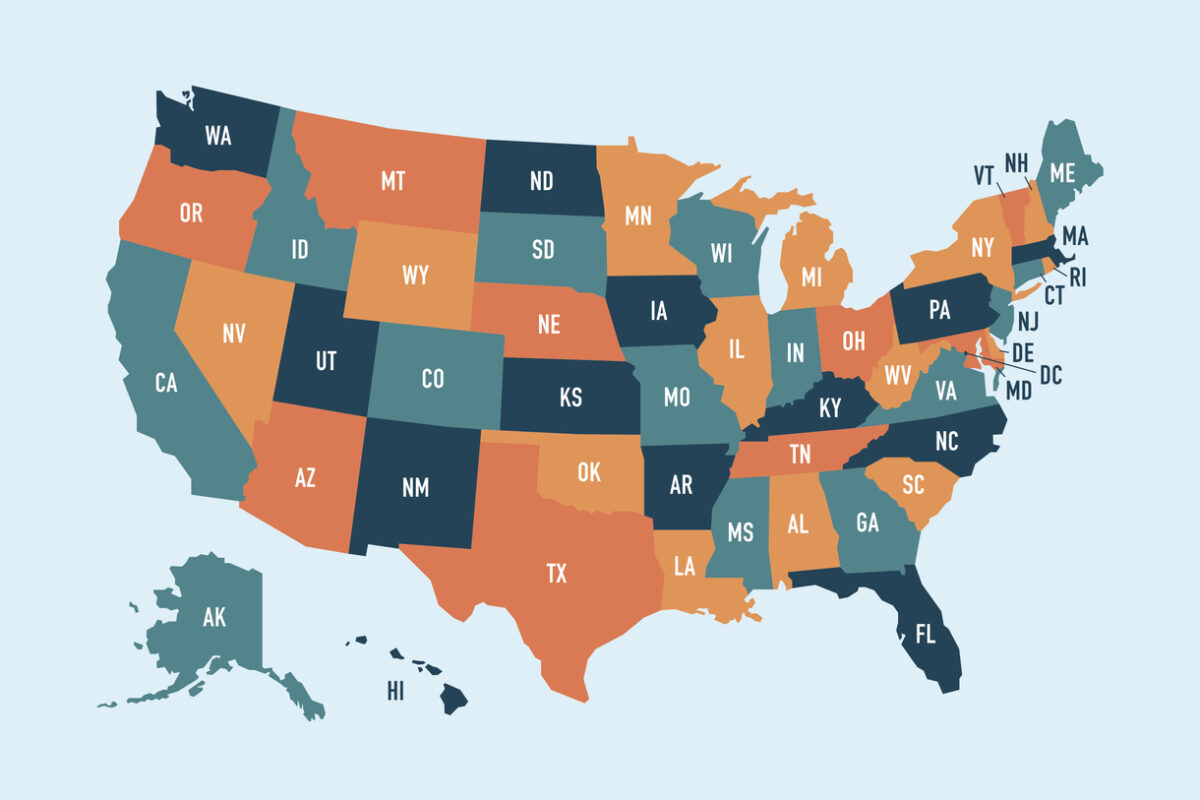Developing a Data-Informed Campus Culture: Opportunities and Guidance for Institutional Data Use
Published Mar 25, 2021
Insights from 28 institutional teams yield 5 actionable recommendations for postsecondary institutions to build a campus-wide culture that breaks down silos, identifies data-informed solutions, and supports success for all postsecondary students.
WASHINGTON, DC (March 25, 2021) – Data-informed decision-making has always been – and always will be – a smart approach to policy, including at institutions of higher education. Just over one year since the COVID-19 pandemic radically and abruptly shifted every aspect of higher education, states and institutions are tackling the same student success goals as before, but with smaller budgets, uncertainties around enrollment, and the potential for a prolonged recession. In the face of such challenges, the need to consult and apply data has never been greater. Students continue to face challenges of online or hybrid models while also navigating life in a pandemic that has disproportionately impacted Black, Latinx, Indigenous, and Asian American and Pacific Islander students and students from low-income backgrounds. To understand – and overcome – current obstacles in higher education, campuses across the country who have not yet cultivated a culture of data usage need to do so – stat.
In a report released today, the Institute for Higher Education Policy (IHEP) outlines how to create and strengthen such a culture from top to bottom and across postsecondary institutions in order to support students most in need of the social mobility and economic security that higher education can provide. Developing a Data-Informed Campus Culture: Opportunities and Guidance for Institutional Data Use shares insights from a wide array of institutional experts on developing data-informed interventions that close gaps in access and completion. These approaches promote the collaborative use of data while also accounting for the capacity of an individual institution.
“In the midst of the health and economic crises, the need to put data to work to support historically underserved students has never been more pressing,” said Mamie Voight, IHEP’s interim president. “Research shows that Black, Latinx, Indigenous, and underrepresented AAPI students and students from low-income backgrounds have been most impacted by the pandemic. In other words, the students who stand to benefit the most from the mobility that a degree or credential can provide are the most at risk of having their education goals upended at this moment.”
“States, colleges, and universities must harness the power of data to identify racial and socioeconomic inequities and drive institutional improvement,” noted Konrad Mugglestone, IHEP’s Assistant Director of Research and Policy. “When used at its full potential, data informs effective solutions for better outcomes for students, families, communities, and our workforce.”
Developing a Data-Informed Campus Culture: Opportunities and Guidance for Institutional Data Use identifies the building blocks for a data-informed campus and outlines five recommendations to, in the words of one interviewee, “integrate across all [campus-wide] data silos and have a single ‘truth’ for the institution”: 1) identify data champions among leadership and across campus; 2) strengthen data literacy among all campus stakeholders; 3) establish unified metrics across offices and a data dictionary to standardize definitions and streamline analysis; 4) develop partnerships to streamline data processes, including synthesis and governance; and 5) invest time and resources in access to and use of high-quality data on campus.


